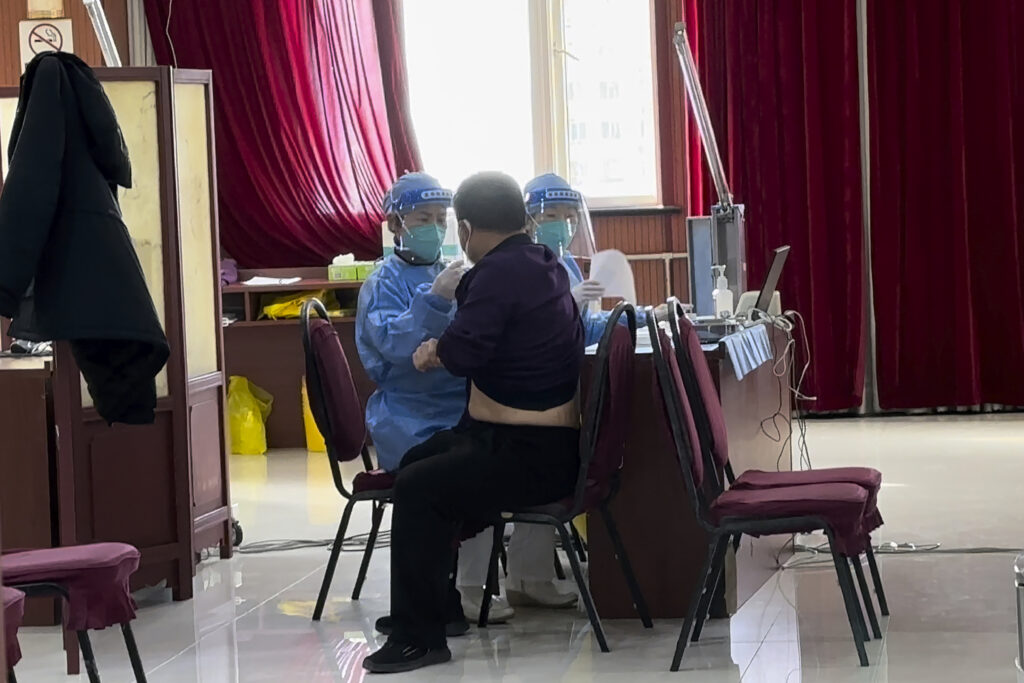For nearly three years, China’s leader Xi Jinping has staked his political legitimacy and prestige on zero-Covid. Styling himself as the “commander-in-chief” of a “people’s war” against the virus, he has lauded the hard-line policy for “putting people and their lives first,” and held up its success as proof of the superiority of China’s authoritarian system. now china’s govenment is preparing rural hospitals to the migrant workers return in hope of preventing a major surge in COVID-19 cases. The Associated Press has the story:
China orders hospitals to prepare for migrants’ return
Newslooks- BEIJING (AP)
China’s Cabinet ordered rural areas Friday to prepare for the return of migrant workers this holiday season in hopes of preventing a major surge in COVID-19 cases in communities with limited medical resources.
Returnees must wear masks and avoid contact with elderly people and village committees must monitor their movements, the guidelines said, but didn’t mention the possibility of isolation or quarantines.
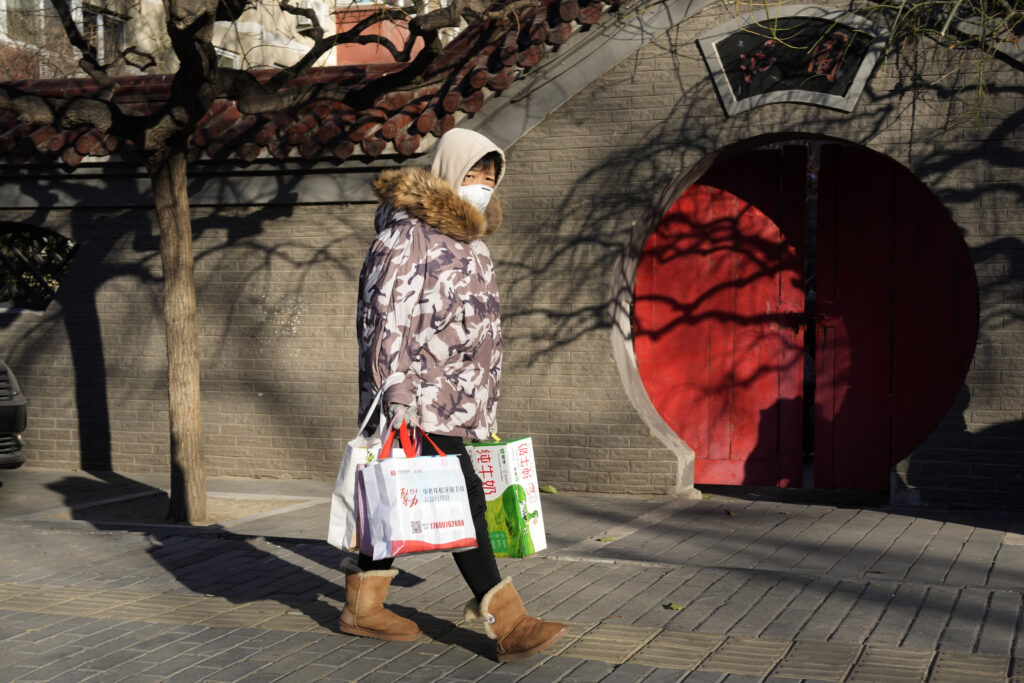
China last week dramatically eased some of the world’s strictest COVID-19 containment measures and now says it has shifted focus from prevention and control to treatment.
The moves have sparked fears of a major surge in cases in the world’s most populous nation, particularly around the holiday travel rush when tens of millions take to trains, buses and planes for what may be their only trip home all year.
The upcoming Lunar New Year falls on Jan. 22, but migrants generally begin heading home two weeks or more in advance. Some Chinese universities say they will allow students to finish the semester from home to help spread the travel rush out and reduce the potential for a bigger COVID-19 outbreak.
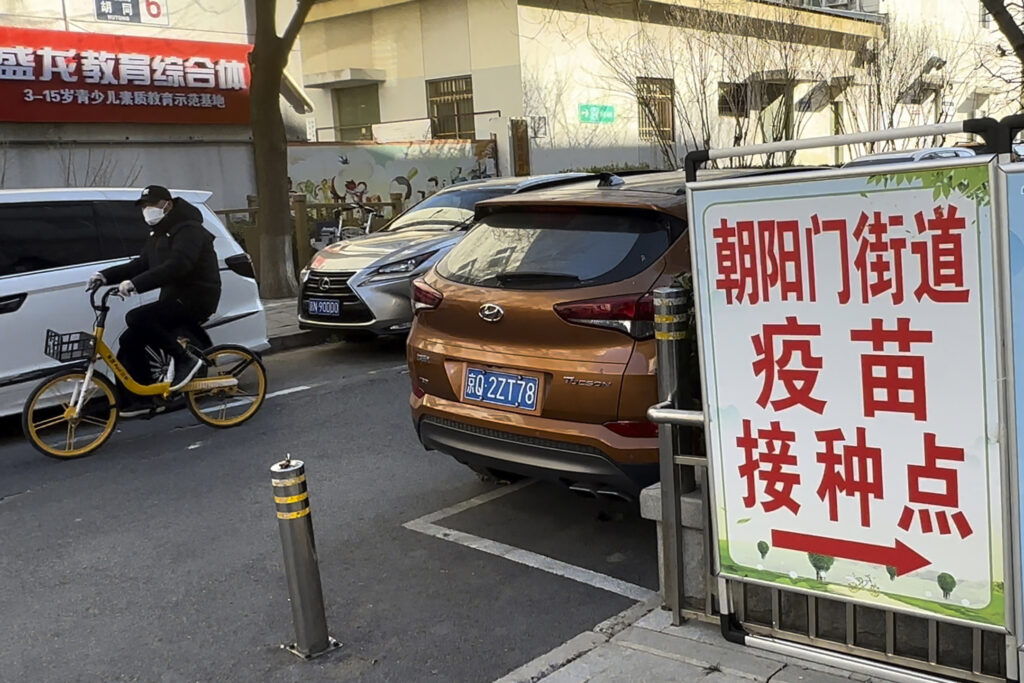
Medical resources in smaller cities and rural communities, which are home to around 500 million of the nation’s 1.4 billion people, lag far behind those of large cities such as Beijing and Shanghai. Rural medical infrastructure includes 17,000 county-level hospitals — many of which lack even a single ICU bed — 35,000 township health centers and 599,000 village clinics.
China has been pushing to increase the number of fever clinics in rural areas to treat those with COVID-19 symptoms. Currently, about 19,400 such clinics or consulting rooms operate in communities and townships around the country, state media reported Friday.
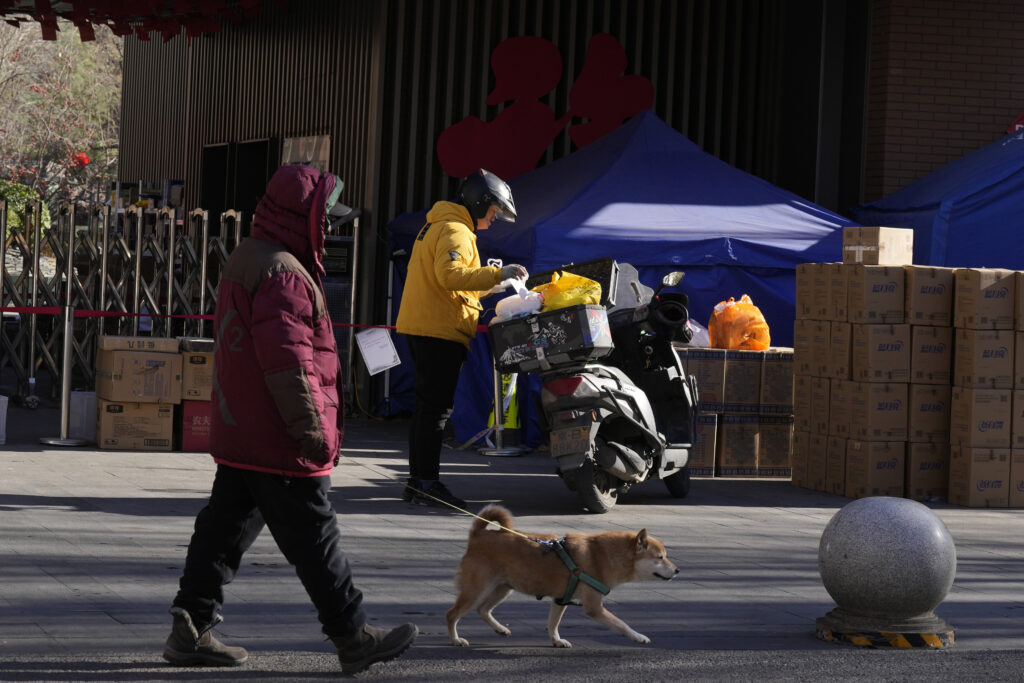
By March 2023, about 90% of health centers at the township level will have fever clinics, Nie Chunlei, head of primary health at the National Health Commission, said at a news conference Thursday.
“This will effectively enhance the capability of primary-level health care institutions to receive patients with fever,” said Nie, who also urged stocking of medicines and antigen test kits, many of which have become scarce even in major cities.
The lifting of some travel regulations has spurred both relief and anxiety over the level of preparedness for the abrupt about-face.
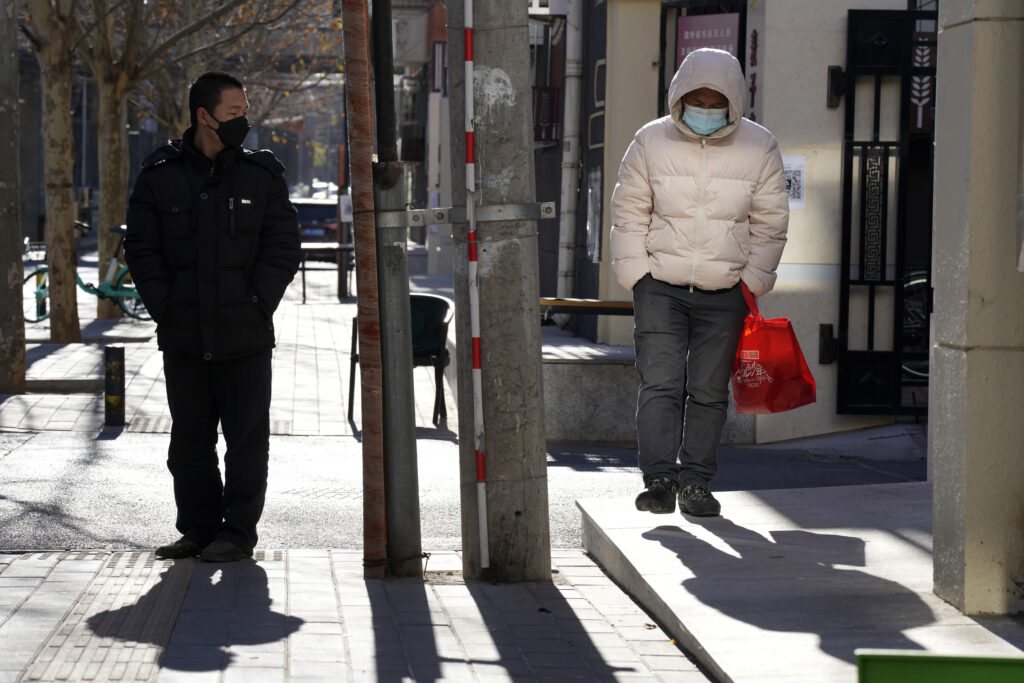
Health experts have said publicly that China will face a peak of infections in the next month or two and is trying to persuade reluctant seniors and others most at risk to get vaccinated.
The changes follow growing frustration with the “zero-COVID” policy blamed for hindering the economy and creating massive societal stress. The easing began after Beijing and several other cities saw protests over the restrictions that grew into calls for President Xi Jinping and the Communist Party to step down — a level of public dissent not seen in decades. The unrest and economic pain may have finally forced the party’s hand.
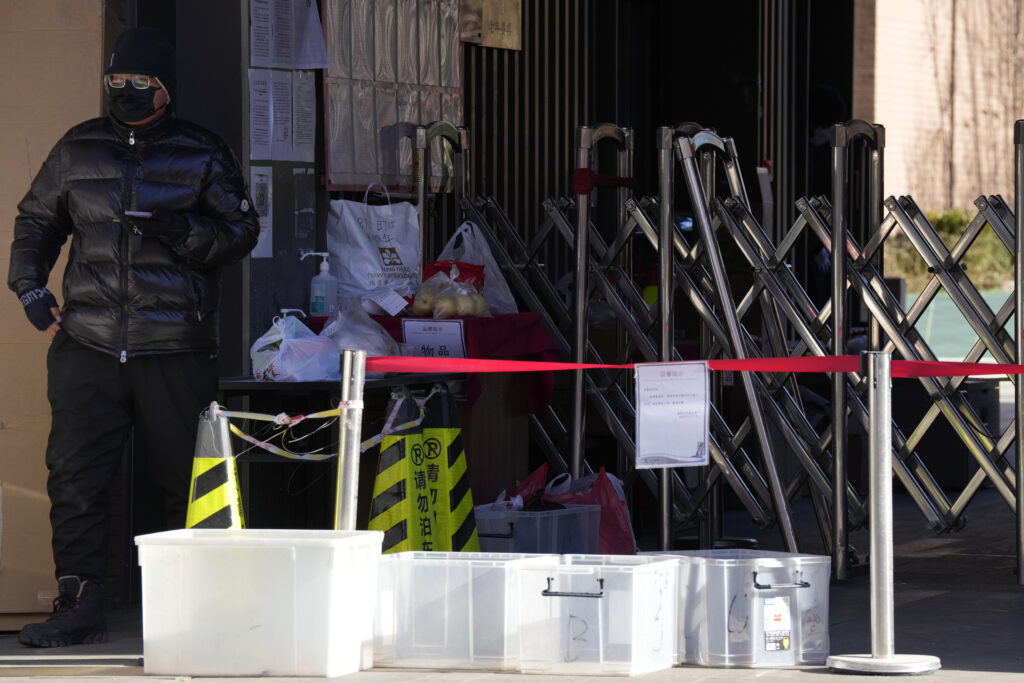
China wasn’t fully prepared for opening up from a public health standpoint, and the decision was driven mainly by economic and social factors, Zeng Guang, a health expert formerly affiliated with China’s Center for Disease Control, said Friday at a conference organized by the party newspaper Global Times.
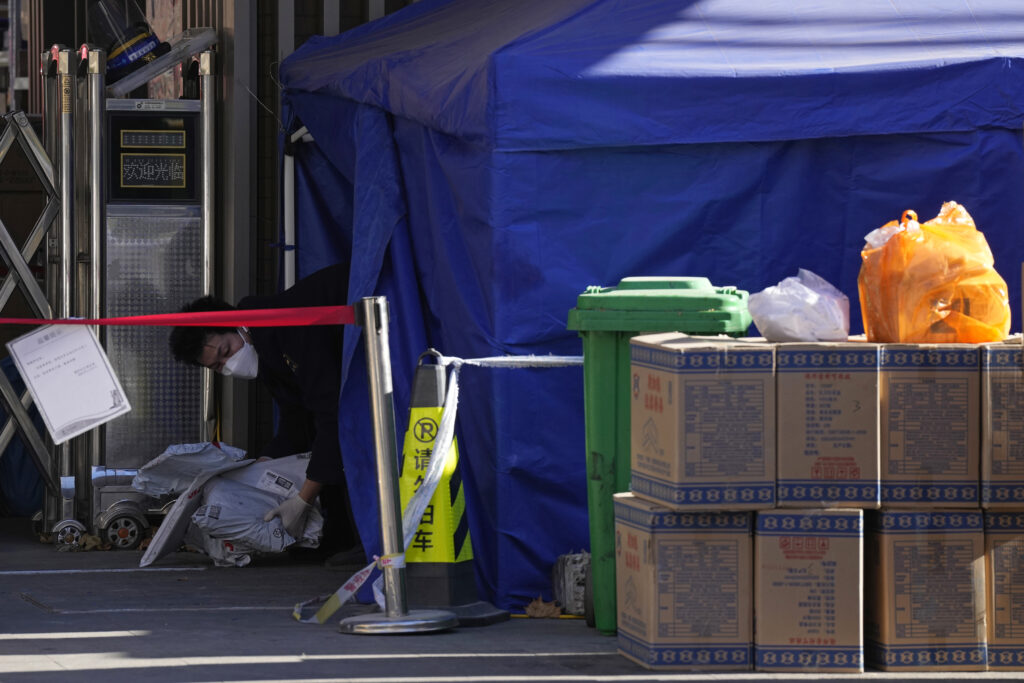
Under the relaxed rules, obligatory testing is no longer required and people with mild symptoms are permitted to recover at home rather than being taken to a quarantine center. The government also stopped announcing asymptomatic case totals earlier this week, saying an accurate count was impossible. The results of home tests also won’t be captured.
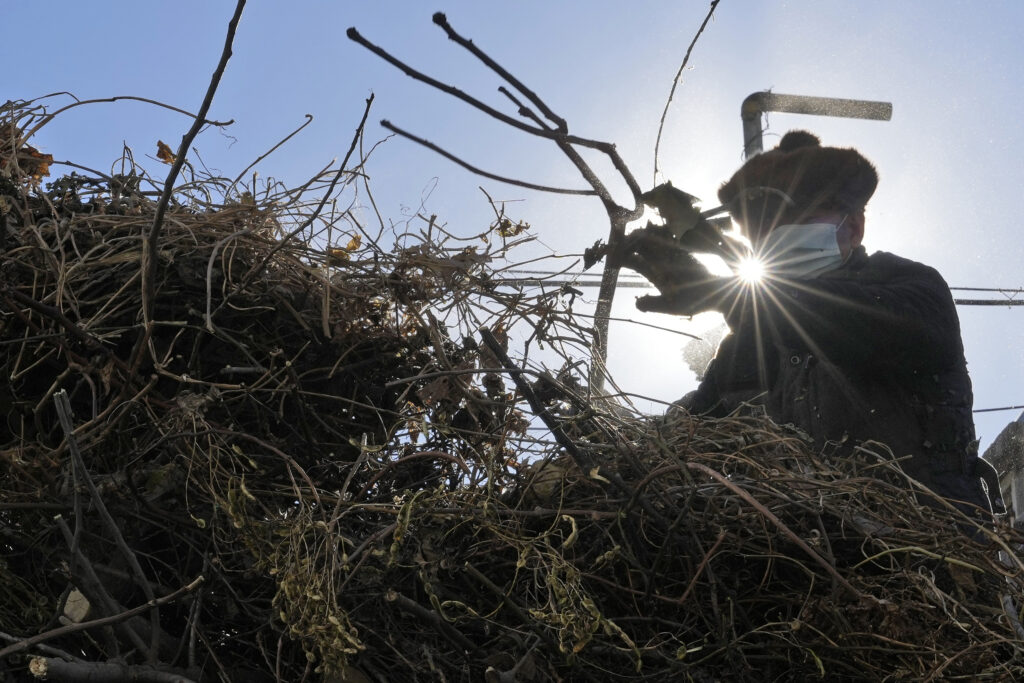
Meanwhile, the semi-autonomous gambling enclave of Macao will scrap its mandatory hotel quarantine for arrivals from Hong Kong, Taiwan and overseas starting Saturday, the government said.
However, travelers will be required to spend five days in home isolation and undergo testing and are barred from entering mainland China until the 10th day upon arrival. Both Macao and Hong Kong have scrapped most of their anti-COVID-19 measures.
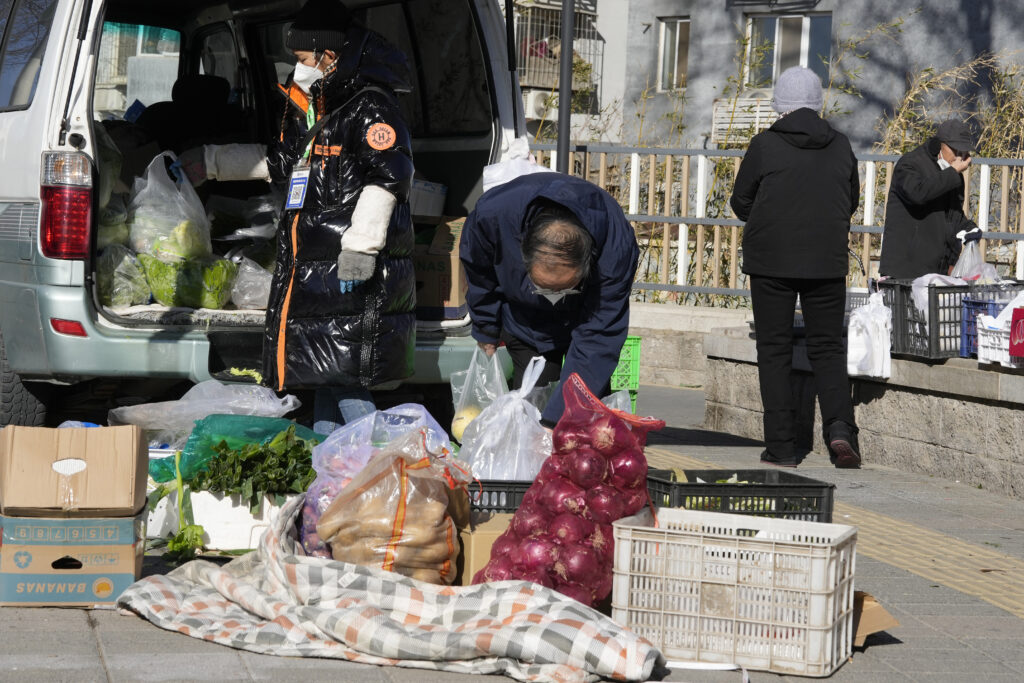
Mainland China’s official death toll remains low, with just 5,235 deaths — compared with 1.1 million in the United States. However, public health experts caution that such statistics can’t be directly compared. Chinese health authorities count only those who died directly from COVID-19, excluding those whose underlying conditions were worsened by the virus. In many other countries, guidelines stipulate that any death where COVID-19 is a factor or contributor is counted as a COVID-related death.
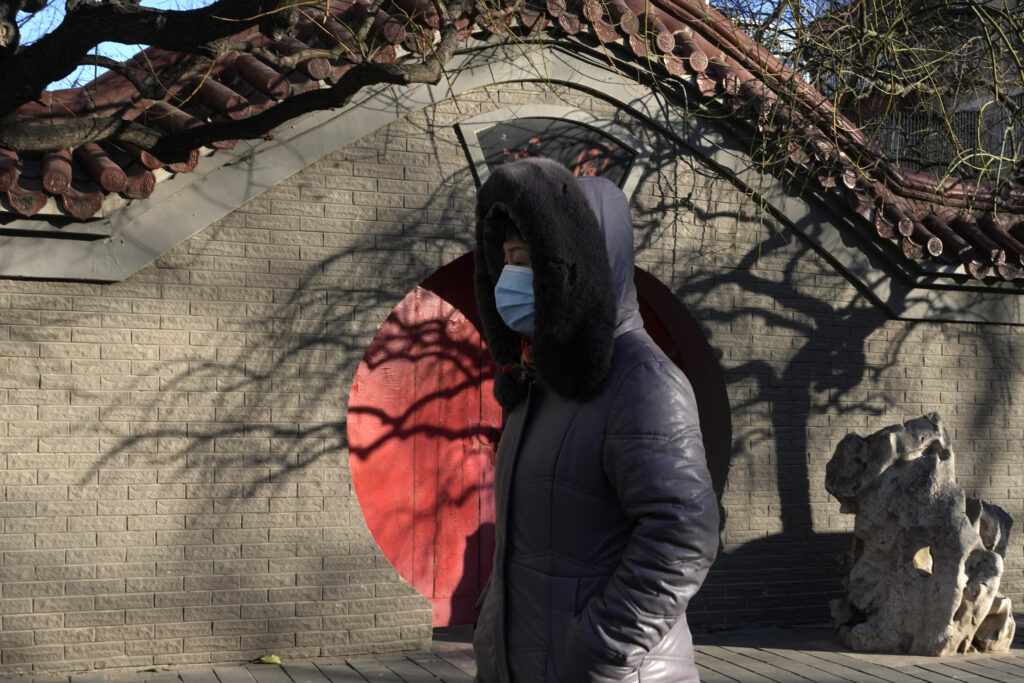
Experts say this has been the longstanding practice in China, but questions have been raised at times about whether officials have sought to minimize the figures.

